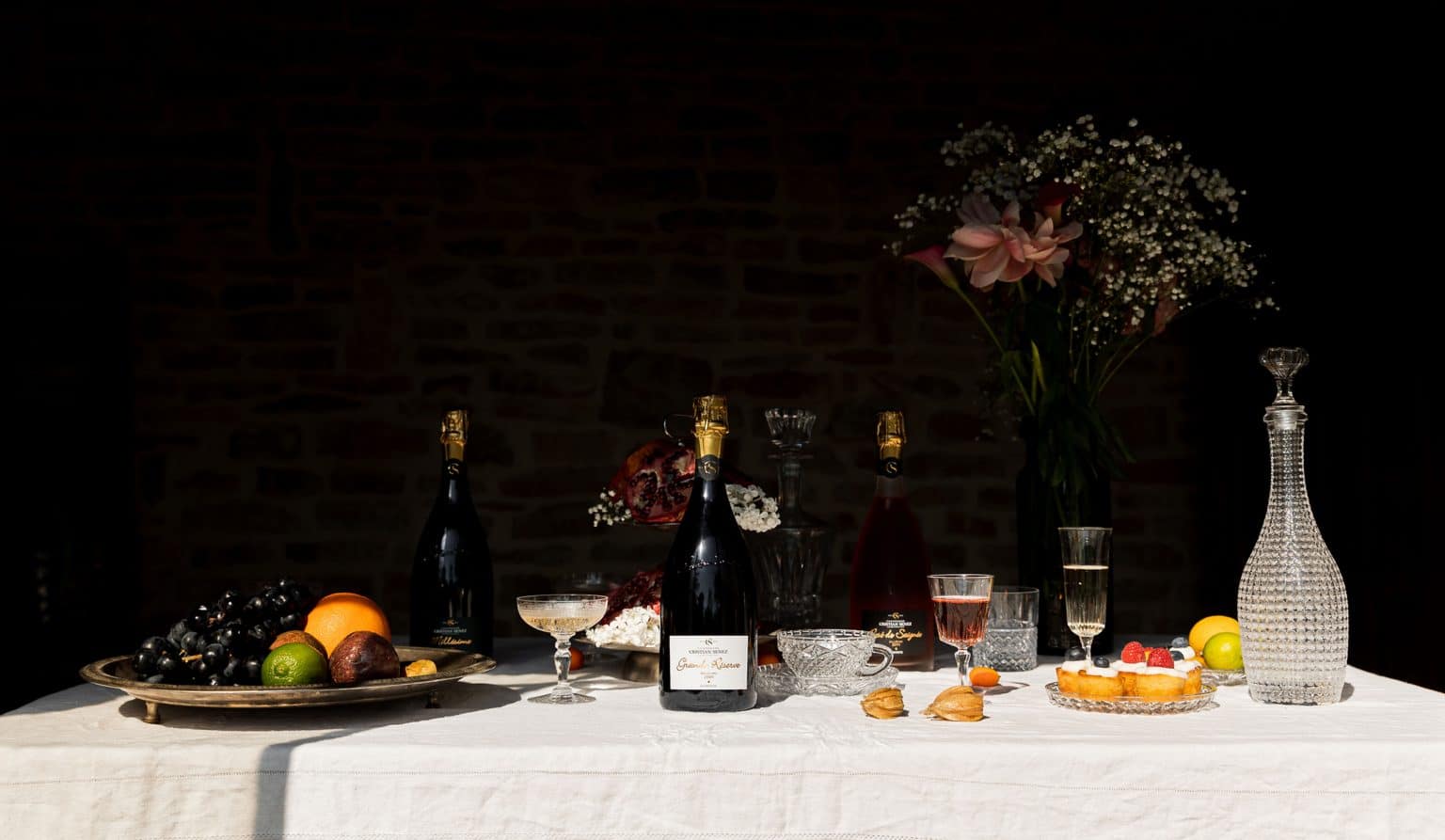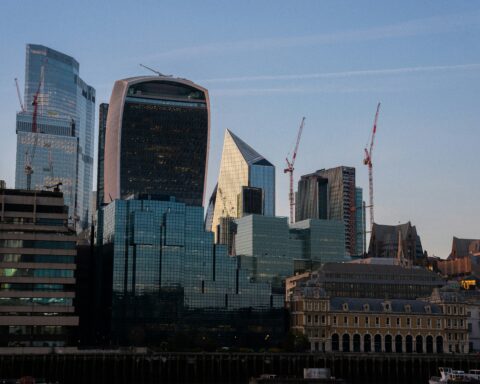Ten of the most beautiful and promising champagne houses of the Côte des Bar and Montgueux came to celebrate at the Elysée Pavillon the 20th anniversary of the Hôtels and Préférence group, an international French group with one of the most impressive collections of 4- and 5-stars hotels in France.
In homage to Vatel – a great organizer of gastronomic festivals under the reign of Louis XIV – it’s a whole tasting journey in a “Grand Siècle” style that was expressed around a very French treasure that knows how to give back to all evening its brilliance and sparkle: the champagne.
The whole was skilfully selected and orchestrated by Sabine Verley, a key figure in food and wine marketing. Luxus Plus invites you here to relive with words this delight of the palate with which the department of Aube knows how to delight – as well as amaze us.
An effervescent journey is guaranteed for those who know how to moderate themselves.
A guide to lesser-known Champagne land
At the beginning, there was a region to the south of Champagne, having for neighbor Burgundy, mythical for its clay-limestone soil as for its cuvées: the Côte des Bar. A rich heritage coupled with a vineyard of character – a few miles from Troyes – turned towards a controlled appellation of origin with centuries-old know-how: champagne wine.
`Wine of the kings or “wine of the devil” – because of its bubbles, the outcome of a second fermentation of the grapes causing impetuous cork jumps – here is a guest who knows how to enthuse many parties. But behind its knowing allure and pinot noir signature, champagne from the Côte des Bar knows how to be creative and sometimes even the most surprising.
To enlighten the amateur – in the appreciation of this divine nectar, we needed a guide… even better: an ambassador. And it was Sabine Verley, founding director of SV Marketing Gastronomique, who meticulously prepared the ground, selecting ten Champagne houses from the Côte des Bar and Montgueux. “It remains a pure coincidence, but this selection of estates offers an almost perfect synthesis of the productions of the region,” she exclaims. And to add, “between the established brands, the treasures, and the new entrants, all the winegrowers are first of all very complementary.” She has thus offered a wide variety of vineyards by the size of the farm, the positioning, the seniority, or even the geographical location.
Here is the presentation; now, let’s go for the tasting.
Four big names from the Côte des Bar
Let’s start our journey with one of the oldest in the wine industry in France – founded in 1808 – and especially as well-known in France as internationally: the Maison Drappier.
Once is not custom, it is Charline Drappier, Deputy General Director, at the head of this family vineyard of 62 hectares – located in Urville and employing nearly 200 people – who does us the honor of hosting the champagne tasting. Compared to a brut nature rosé, I prefer its cuvée brut nature, one of the House’s first champagnes without dosage (no added sugar). Intrepid by nature, this 100% pinot noir cuvée hides its game well. Behind an expected appearance, the nose, intense, reveals itself on a crunchy and ripe fruit at the same time, where one easily imagines red fruit and vineyard peaches. The mouth, meanwhile, is straight and pure, releasing a lot of finesse and freshness, this time with notes of red fruits, blackcurrant, or even gingerbread.
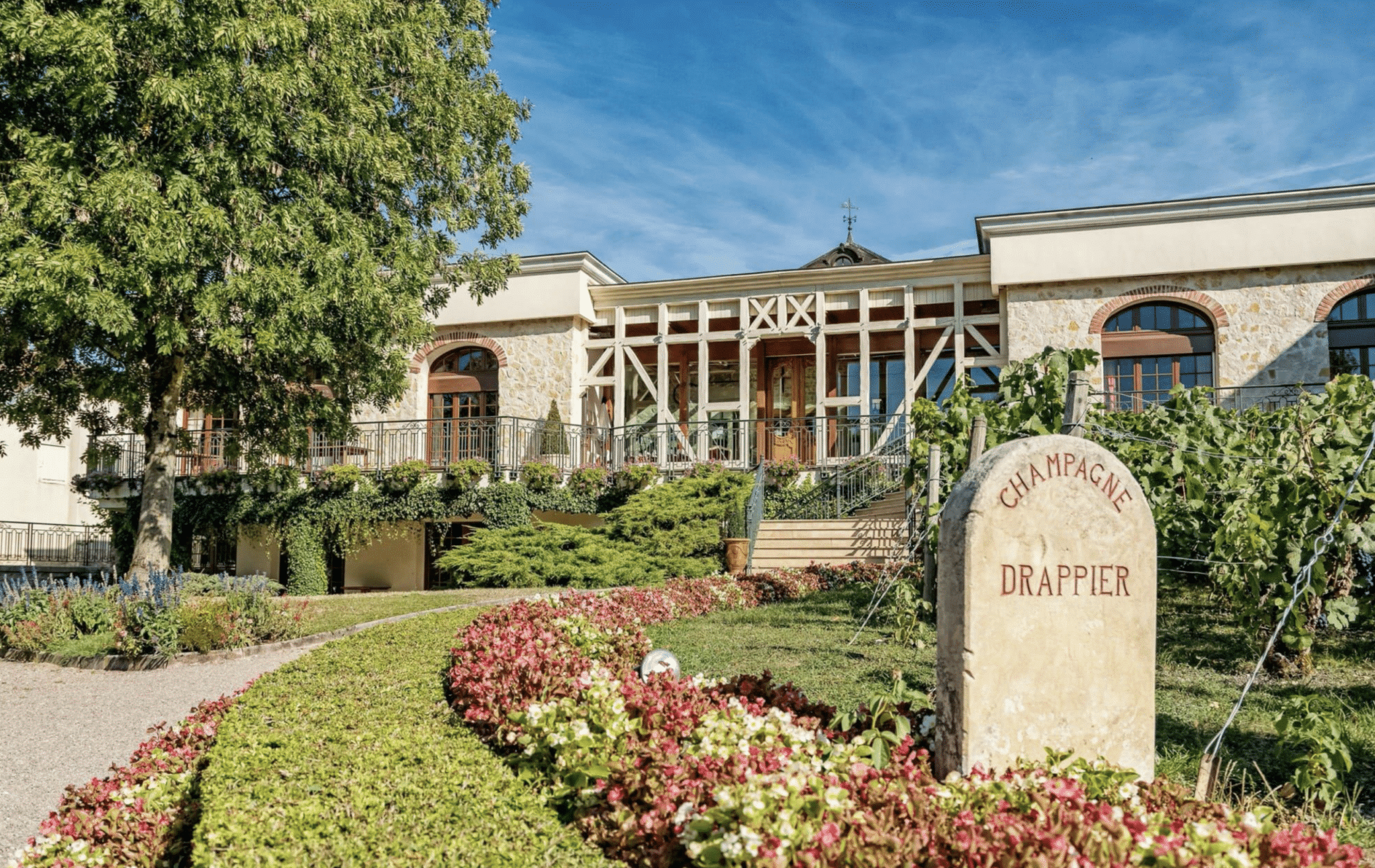
Among the other stars to shine in the hexagonal firmament of champagne wine, we find the domain Alexandre Bonnet Les Riceys. Designating the largest village in Champagne, with its territory of over 800 hectares, the name alone evokes one of the most sought-after crus of the Côte des Bar. Intrigued by its name and fascinating nose, I let myself be tempted this time by the Champagne 7 grapes varieties la Géande. A blend of pinot noir, chardonnay, meunier as well as the four ancestral grape varieties (pinot blanc, pinot gris, Arbane and Petit Meslier). Its robe is limpid and pale with green and gold reflections. The nose delivers an explosion of citrus fruits such as peach, pear, fig, tangerine, and even slightly roasted almond. The mouth is powerful, salivating, and of great uprightness.
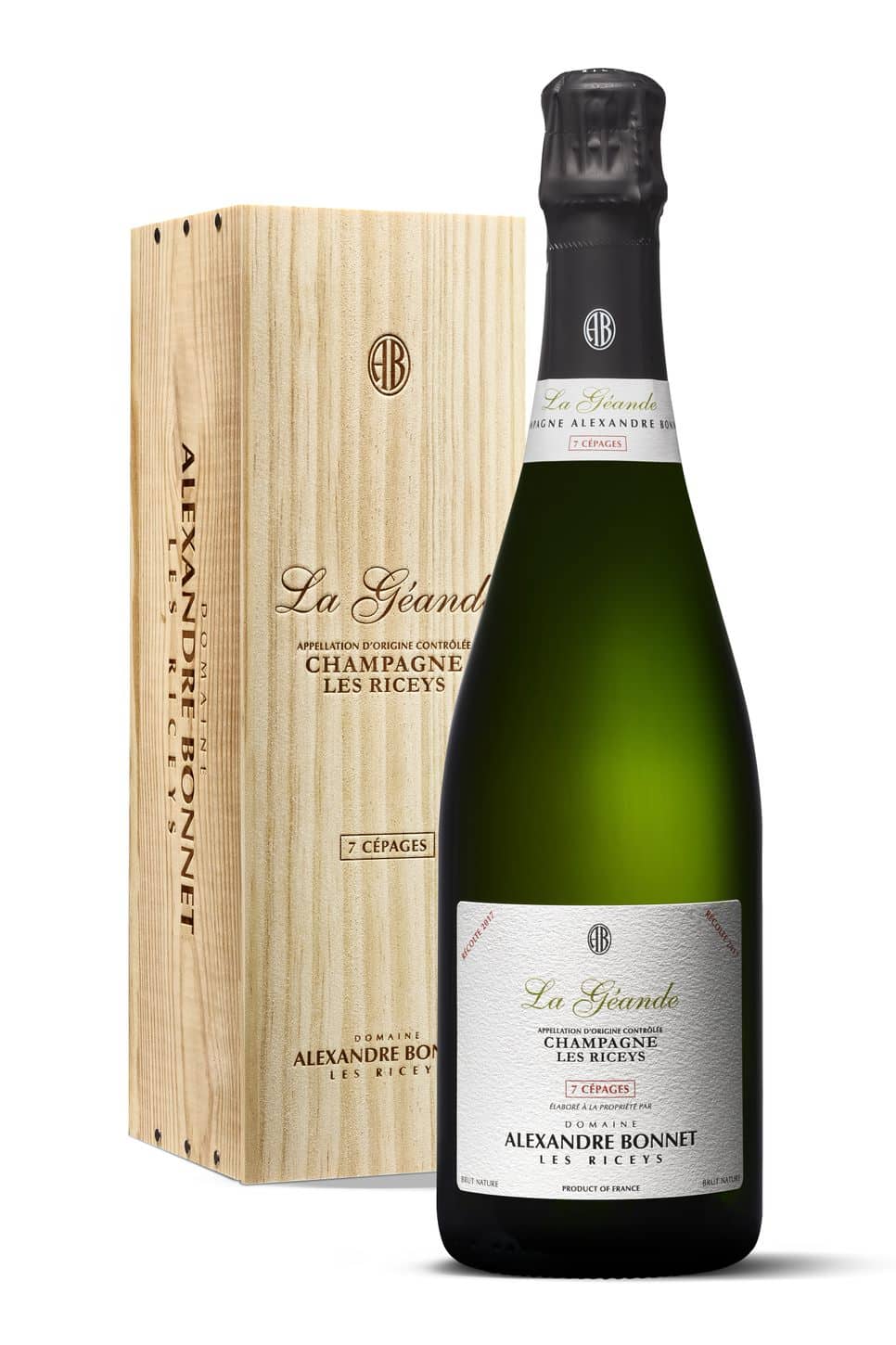
Welcomed by Marion Roger, its Director, I then set off to meet another estate rich in history and terroir: Cristian Senez. Since last August, she has taken over the family business established in Fontette since 1973 by her grandfather, a trained oenologist and great wine lover. A Champagne House known for its vintages, and for good reason: as they do not undergo malolactic fermentation, these champagnes can be kept longer.
To my great regret, the Cuvée des filles, a vintage 2015 full of mischievousness and sparkle, bursting with tangerine, lime, and pitayas with brioche notes, is, at the time of my visit, a victim of its success. However, I let myself be tempted by another vintage, the Rosé of 2011. On the nose, aromas of candied strawberries and cherries in alcohol generously caress my curiosity. The palate is complex, revealing round and gourmand aromas of raspberry, cherry, strawberry, licorice, and even fig, ending in a floral bouquet.
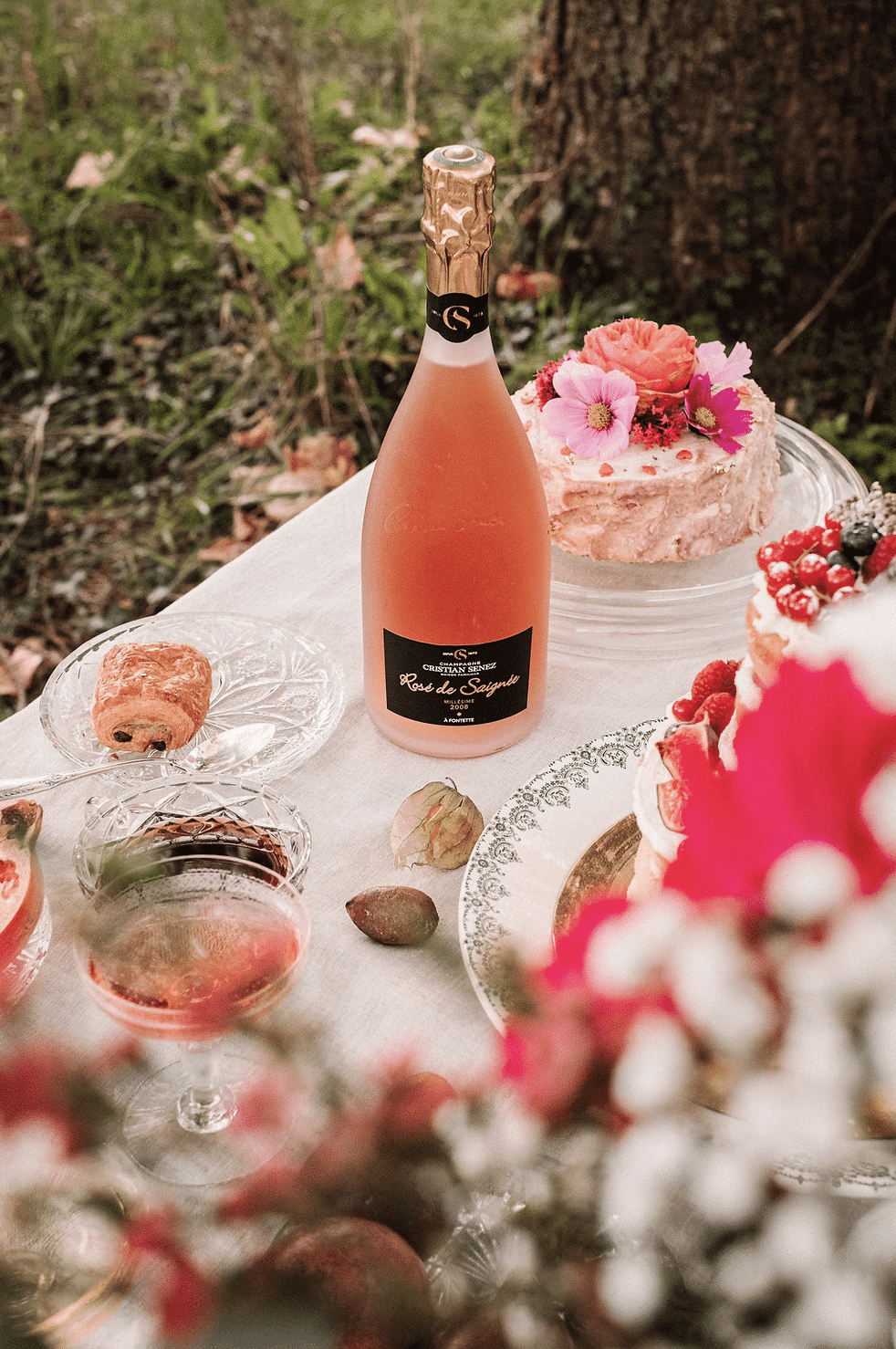
Another great Champagne House, although more confidential: Domaine Binon-Coquard. A follower of sustainable viticulture, the company, based in Spoy, has been certified Terra Vitis since 2012 and HVE since 2019. Here, it’s a question of time travel with its Esprit Solera champagne. A method that consists of aging wines of several years together. A signature wine of the region (100% pinot noir) whose dress has lost nothing of its clear yellow despite the years. The tears are thick, showing a certain experience. The nose, delicate and fresh, releases light citrus notes before giving way to smells of almonds, hazelnuts, candied fruits, and even vanilla. The mouth is light and fresh, thanks to its notes of granny apples or pomelo, before revealing a truffle spirit.
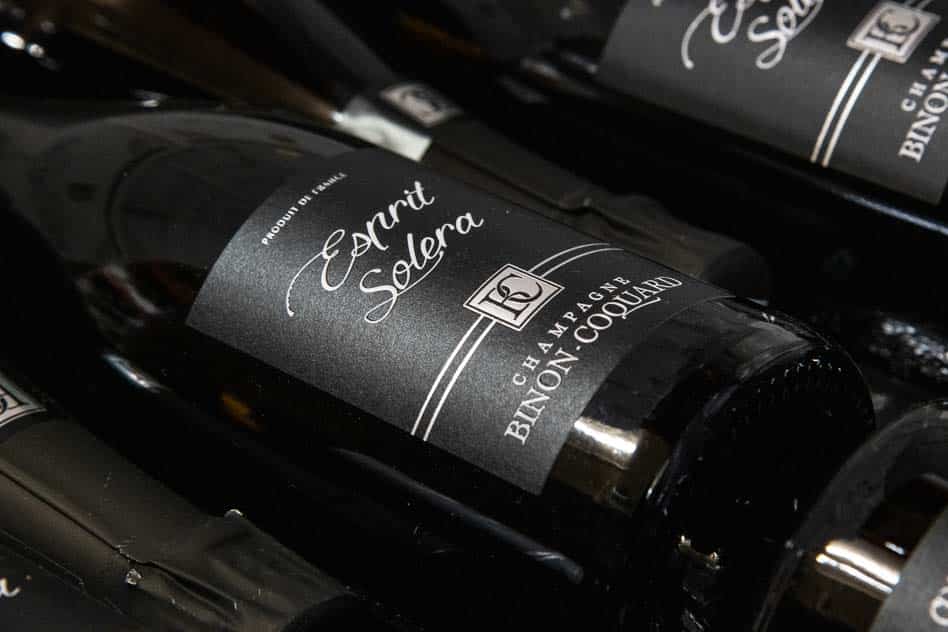
Our gastronomic journey here takes an unexpected turn with its more discreet Houses, which do not contain less real gustatory treasures.
Read also > Record sales for Champagne in 2022
Featured photo: © 2023 CRÉATION DU SITE MARION & JULIEN °EGRAM




